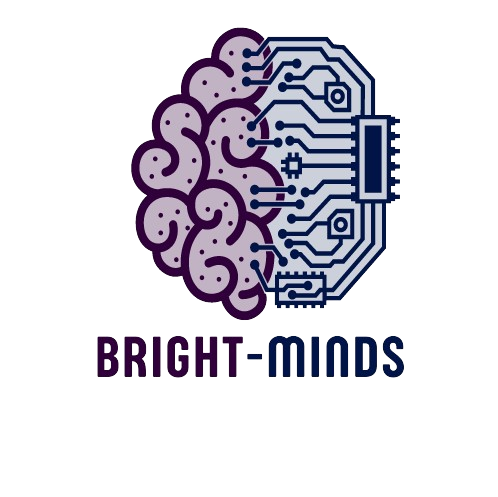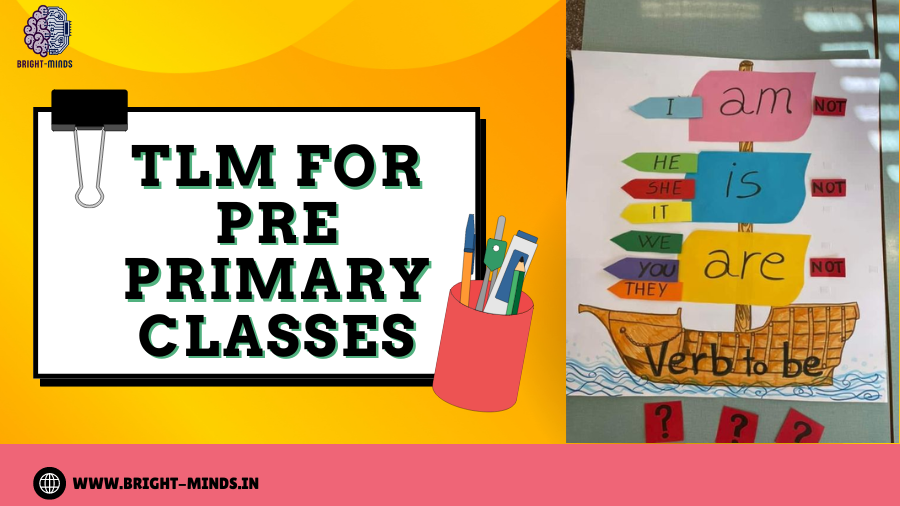Explore effective teaching and learning materials (TLM) designed for Pre Primary Classes, enhancing early childhood education with engaging resources.
In the vibrant world of pre-primary education, where young minds are brimming with curiosity, educators play a vital role in nurturing a love for learning. Here, Teaching and Learning Materials (TLMs) become powerful tools, transforming abstract concepts into engaging experiences.
This blog delves into the world of TLM for pre-primary classes, exploring its benefits, various types of TLMs, and practical ideas for incorporating them into your classroom.
Importance of TLM in Pre Primary Classes
- Engagement: TLM make learning interactive and enjoyable, capturing children’s attention and fostering curiosity.
- Concept Reinforcement: They help reinforce concepts through visual, auditory, and tactile methods, catering to different learning styles.
- Skill Development: TLM promote cognitive skills like problem-solving, language development, and early math concepts.
- Creativity and Exploration: Materials encourage creativity and exploration, allowing children to experiment and learn through hands-on activities.
Types of TLM Used
- Manipulatives: Counting blocks, shape sorters, and puzzles that promote fine motor skills and mathematical understanding.
- Visual Aids: Flashcards, posters, and charts that aid in vocabulary development, letter recognition, and storytelling.
- Play-Based Materials: Toys, dolls, and role-play items that enhance social skills and imaginative play.
- Digital Tools: Educational apps and interactive games that supplement learning in a digital age.
Understanding the Search Intent TLM for Pre Primary Classes
When educators search for “TLM for Pre-Primary Classes,” they’re likely looking for information on:
- The benefits of using TLM in early childhood education.
- Different types of TLM suitable for pre-primary students.
- Creative and engaging ways to integrate TLM into lesson plans.
- Ideas for creating DIY TLMs that are budget-friendly.
This blog aims to address these specific needs, providing a comprehensive guide for educators seeking to enhance their teaching practices with the power of TLM.
The Magic of TLM: Engaging Young Minds
TLMs are more than just colorful and interactive tools. They serve a multitude of purposes in pre-primary education:
- Concretizing abstract concepts: Young learners grasp concepts best through hands-on experiences. TLMs provide a tangible way to explore ideas like shapes, colors, numbers, and alphabets.
- Promoting sensory learning: Touch, see, hear, move – TLMs engage multiple senses, making learning more immersive and impactful.
- Enhancing development: TLMs can foster fine motor skills, problem-solving abilities, creativity, and social interaction through play-based learning.
- Building vocabulary: By actively manipulating and discussing TLMs, children expand their vocabulary and understanding of the world around them.
- Making learning fun: Engaging and interactive TLMs spark curiosity and make learning a joyful experience, fostering a lifelong love for knowledge.
A World of Possibilities: Types of TLM for Pre-Primary
The beauty of TLM lies in its versatility. Here are some popular types of TLM perfectly suited for pre-primary classrooms:
- Manipulatives: Blocks, puzzles, counters, pattern makers – these hands-on tools allow children to explore math concepts, sequencing, and spatial relationships.
- Charts and Posters: Colorful charts with pictures and words can introduce alphabets, numbers, shapes, and even basic concepts like weather and seasons.
- Games and Activities: Board games, matching games, sorting activities – these playful TLMs reinforce learning in a fun and interactive way.
- Dramatic Play Props: Dress-up clothes, puppets, play kitchens, and miniature vehicles provide a platform for imaginative play, enhancing social skills, communication, and creativity.
- Audiovisual Aids: While screen time should be limited, short, age-appropriate video clips or songs can be used to introduce new topics or reinforce learning.
Integrating TLM for Effective Learning
- Align TLMs with learning objectives: Choose TLMs that support the specific concepts you are teaching.
- Variety is key: Rotate TLMs regularly to keep students engaged and introduce new challenges.
- Demonstrate and explain: Guide children on how to use the TLM and explain the learning objective.
- Encourage exploration and play: Allow children to explore TLMs independently and discover their own learning pathways.
- Assessment through observation: Observe how children interact with TLMs to assess their understanding and identify areas for further learning.
Conclusion
Incorporating effective TLM in Pre Primary Classes enhances the learning experience, equipping children with essential skills and knowledge for future academic success. Whether through hands-on manipulatives, visual aids, or digital resources, TLM stimulate learning, creativity, and critical thinking in young learners. Parents and educators play a crucial role in selecting and utilizing TLM that align with curriculum goals and cater to children’s developmental needs. By investing in quality TLM, we enrich early education and lay a solid foundation for lifelong learning.
you may be interested in this blog here:-

